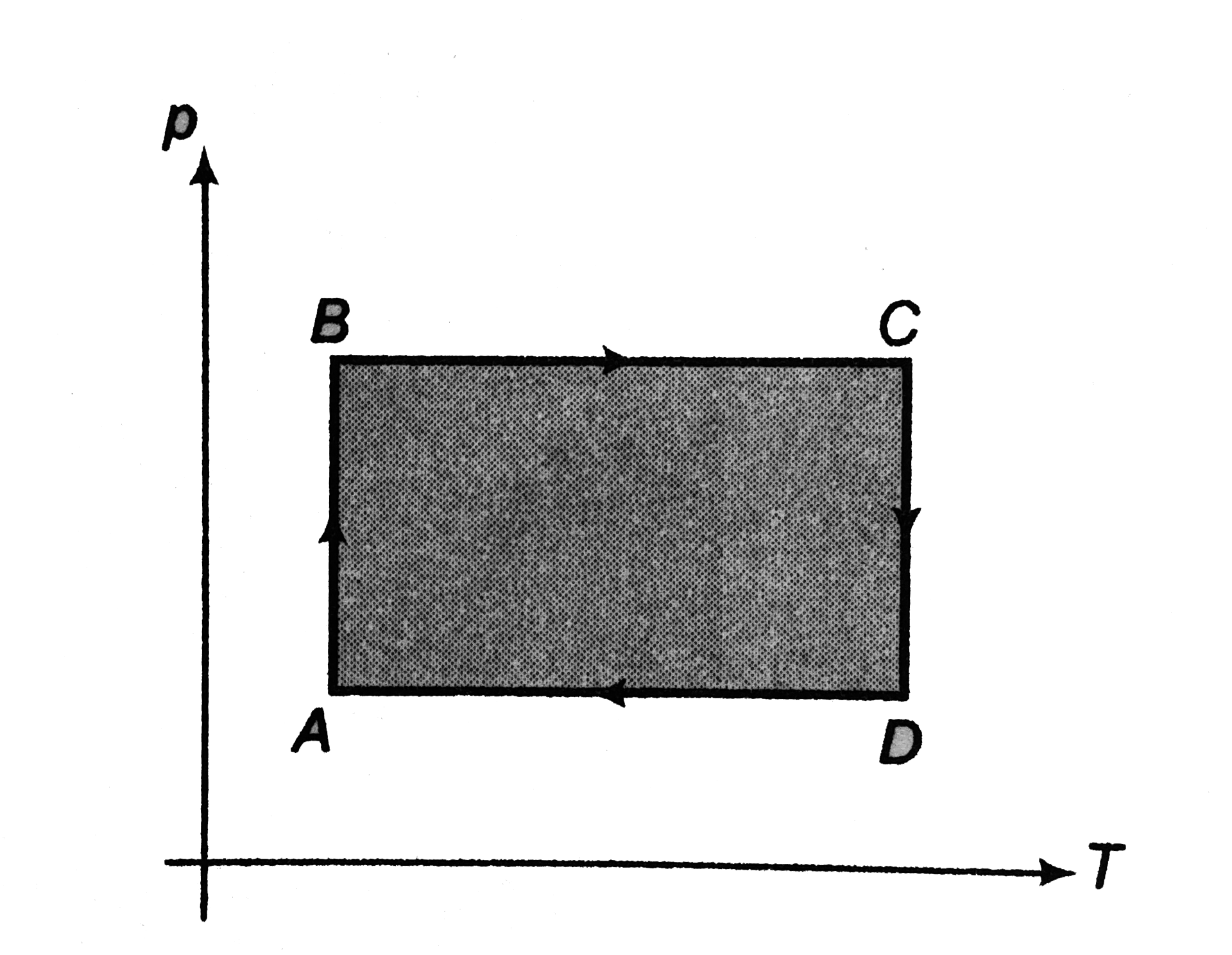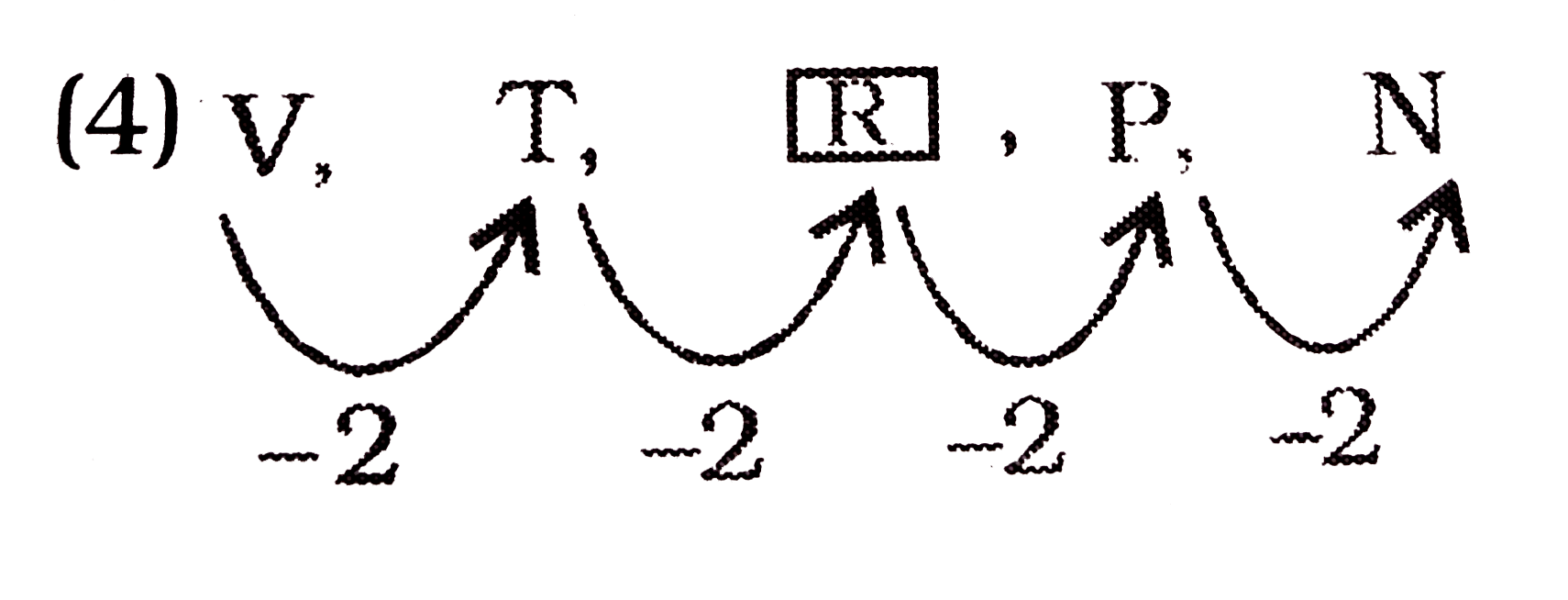V,T,?,P,N
S
Q
O
R
The correct Answer is:D
Similar Questions
The relation between N (no. of molecules), P,V. & T is ...........
View SolutionFor one mole of an ideal gas (δPδT)V(δVδT)P(δVδP)T=
View SolutionPlot P-V, V-T and p-T graph correspongidng to the P-T graph for an ideal gas shown in figure.
View SolutionPlot (p - V),(V - T) and (ρ - T) graph corresponding to the (p - T) graph for an ideal gas shown in figure.
 .
.
View SolutionWrite down the relation for an adiabatic process in terms of (i) P and V (ii) T and V and (iii) P and T.
View SolutionThe behaviour of ideal gas is goverened by various gas laws which are described by mathematical statements as given below:
(i) PV=k (constant) at constant n and T
(ii) V/T=k2 (constant) at constant n and P
(iii) V/n=k3 (constant) at constant T and P
(iv) PV=nRT
(v) P/T=k4(constant)atconstantnandV<br>Answerthefollow∈g<br>Thevalueofk_(2) is
View SolutionThe behaviour of ideal gas is goverened by various gas laws which are described by mathematical statements as given below:
(i) PV=k (constant) at constant n and T
(ii) V/T=k2 (constant) at constant n and P
(iii) V/n=k3 (constant) at constant T and P
(iv) PV=nRT
(v) P/T=k4(constant)atconstantnandV
Answer the following
Avogadro's law is represented by the expression
View SolutionThe behaviour of ideal gas is goverened by various gas laws which are described by mathematical statements as given below: ( i ) PV=k (constant) at constant n and T ( ii ) V//T=k_(2) (constant) at constant n and P ( iii ) V//n=k_(3) (constant) at constant T and P ( iv ) PV=nRT ( v ) P//T=k_(4) (constant) at constant n and V Answer the following The expression ( ii ) represents
View Solution

